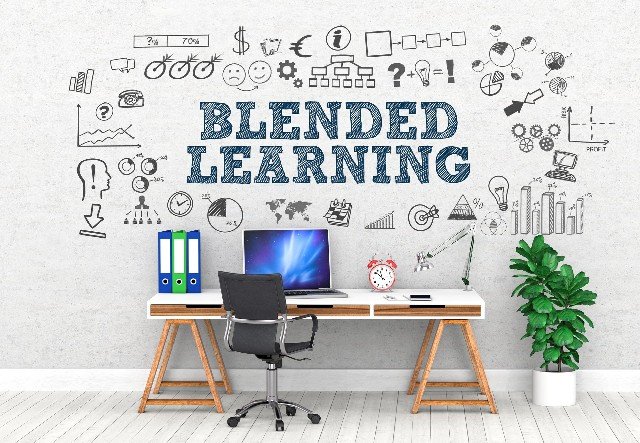Have you ever wondered what makes blended learning solutions so effective?
This mode of learning combines traditional face-to-face methods with digital components. Understanding blended learning solutions becomes crucial. This article will unravel the intricate webs of blended learning, making integrating it into your educational context easier.
Read on to stay ahead of the curve in the evolving teaching and learning landscape.
What Is Blended Learning?
As we’ve already said, blended learning combines standard teaching methods with digital parts. This means that students learn through both face-to-face exchanges in the classroom and online activities. There are different kinds of blended learning based on the tools and materials teachers and students can access.
What Are Blended Learning Strategies?
Although blended learning strategies can be used differently, they all involve intentionally combining other learning methods. These are some popular ways to use blended learning:
Rotation Model
Students in this model switch between various learning modalities, including face-to-face classroom teaching, self-paced online learning, and activities for small groups. For instance, students might work on computer-based lessons some days and be in a real classroom other days.
Flipped Classroom
Traditional ways of teaching are turned around in a flipped classroom. The first time students use learning resources is at home, where they usually watch videos or read books online. Afterward, they go to class for discussions, games, and practice with the teacher, who can help and explain things.
Flex Model
This model gives students more say over how fast and where they learn. They can go to in-person sessions, do things online, or do a mix of the two. This method is common in higher education and can work for students with various plans and learning needs.
A La Carte Model
According to this model, students also attend regular schools and take certain classes online. For instance, a high school student might take an online language class that isn’t offered at their school while still attending class on campus.
What Are Blended Learning Solutions Examples?
Blended learning solutions encompass a wide range of approaches. Here are some examples:
Learning Management Systems (LMS)
LMS digital platforms, such as Moodle, Canvas, or Blackboard, give teachers a central place to send students online material, assignments, and tests. LMSs are often used to plan and send digital materials and track student progress in blended learning settings.
If you need a tailored solution to your e-learning, we recommend an online dashboard with easy access to learning materials. You can click here to learn more about this platform.
Video Lectures
Before face-to-face class meetings, teachers can produce or organize online video lectures that students can watch at their own pace. This is something that the flipped classroom model does all the time.
Online Discussion Forums
Students can have conversations, share ideas, and work together on projects outside the classroom using discussion forums and online collaboration tools. This communication that happens at different times can help class talk.
Where Tradition Meets Innovation
In conclusion, blended learning is more than a fleeting trend. It is an innovative approach that effectively marries traditional and digital learning.
It can change the constantly changing world of education by making learning easier, more fun, and more useful for everyone if the right blended learning solutions are used.
Was this article helpful to you? If so, check out our blog for more helpful information and resources.



